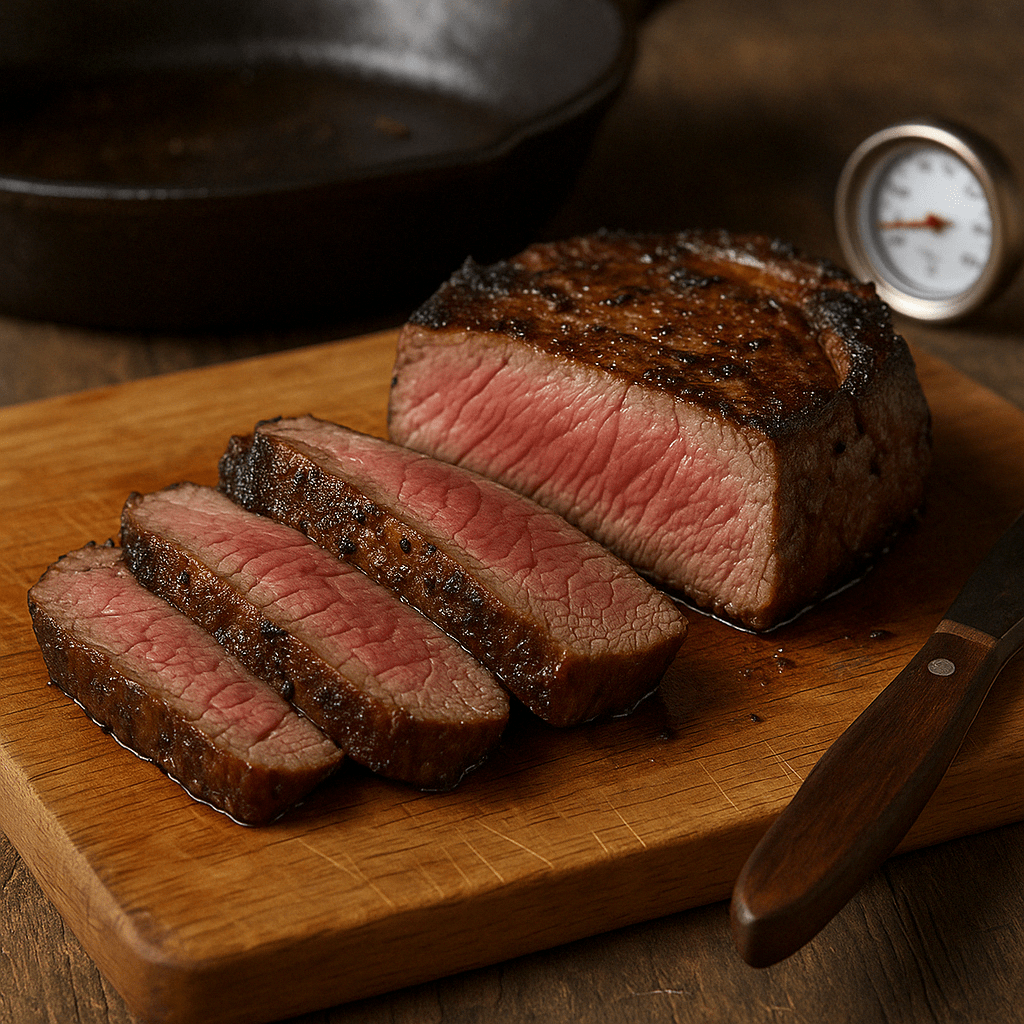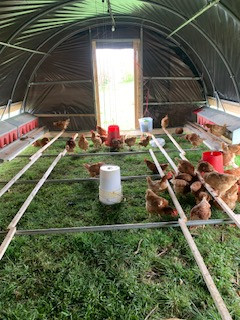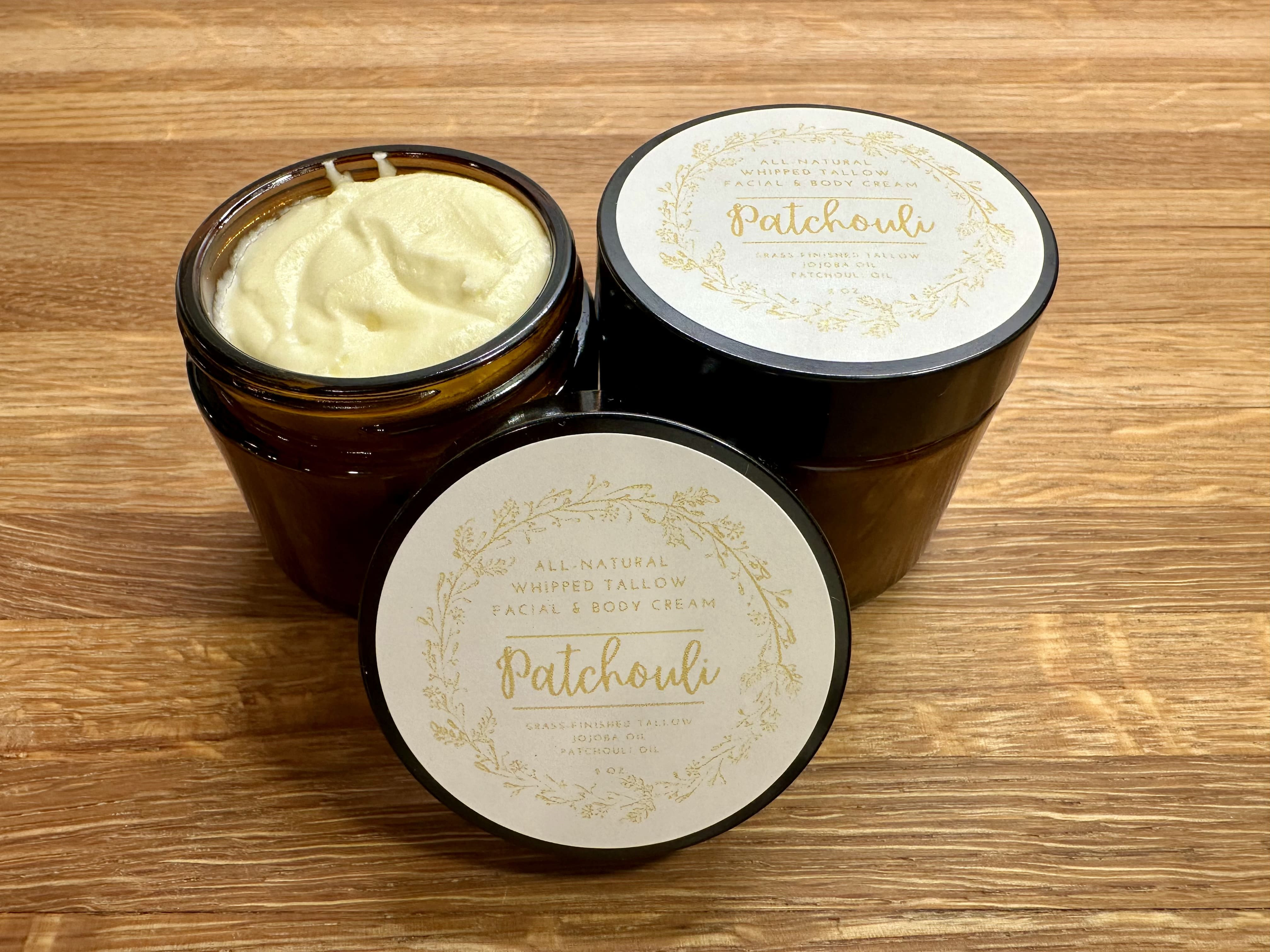What does it mean to be a sustainable farm?
posted on
March 5, 2024
In the dynamic landscape of modern agriculture, where concerns about environmental impact, climate change, and food security are at the forefront, the concept of sustainable farming has become more than a mere buzzword—it's a guiding principle for a resilient and responsible approach to cultivation. As we navigate the intricate web of global challenges, understanding the essence of sustainability in farming becomes paramount. So, what does it truly mean to be a sustainable farm? In this blog post, we embark on a journey to unravel the layers of sustainable farming, delving into the practices, principles, and purpose that define this critical facet of agriculture. From nurturing soil health to championing biodiversity and community economies we'll explore the elements that collectively shape the identity of a sustainable farm. Join us as we dig deep into the fertile grounds of sustainable agriculture, discovering not only what it means for the farmers but also why it matters for the health of our planet and the well-being of future generations.
Soil health plays a pivotal role in sustainable farming, serving as the bedrock upon which the success of agricultural practices hinges. The importance of soil health in sustainable farming can be understood through various critical aspects. A few of the most important are nutrient availability, soil biodiversity, erosion prevention, and carbon sequestration.
Healthy soil provides an optimal environment for nutrient cycling and availability to plants. By incorporating livestock into our pastures it creates a closed-loop cycle of the livestock harvesting the forage while spreading nutrients to the pasture through manure thus providing nutrients for the forages to use for regrowth. By moving the livestock across the pastures constantly grazing and regrowing this also allows the grasses and forages to pull carbon from the air and put it where it’s most needed. THE SOIL! Thus feeding the soil microbiology to increase soil organic matter. It’s almost like the soil, livestock, and environment knows what to do we humans just need to get out of our own way. Healthy soil is just one leg of the sustainable farming stool.
Have you ever wondered how you can live on the East Coast and receive leafy greens, vegetables, or meat products from all over the country. Is this sustainable? Looking into the beef aspect of your dinner plate. The typical pound of ground beef starts its journey at the small cow-calf producer from there it's sold to another producer called a backgrounder. This producer then feeds the animal for a short time and passes the animal onto the feedlot where the animal can spend up to 150 days. But wait there's more, The animal is then harvested at a facility and then shipped to your local grocery store where the consumer purchases it. SHEW! Does this sound sustainable to you dotting across the country to numerous locations until it ends up on your dinner plate? Not only the amount of energy it takes to make this happen but also how that animal was raised along the way. Now let’s take a look at our sustainable farm. The animal is born and raised on the farm using healthy soil practices from the section above. Once the animal is finished it is harvested at a local processing facility and sold locally to our community. Which one sounds more sustainable to you?
It is said that the farmer receives 14 cents of every food dollar. The reason for this is they only play a small role in the grand picture of how food ends up on your dinner plate. From the energy example above the cow-calf producer that starts the whole cycle is squeezed economically making it difficult for young producers to get in and old producers to get out. A farmer can do all the things from above to be sustainable but if they are not economically sustainable it doesn’t work. On our farm, we like to take part in most of the steps of getting a sustainable product to your dinner plate thus allowing us to capture more of the food dollar. By also farming this way it stimulates our local economy. Inputs that we purchase to raise all of our livestock are purchased locally and processing is local. Now think about where those businesses spend their money hopefully locally. Do you see where I’m coming from here? Sustainable farming practices build communities and make them stronger. We need this more than ever at a time when large corporations have killed our rural communities.
As we draw to a close on our exploration of sustainable farming, it's evident that this practice is more than just a method of cultivation—it's a philosophy, a commitment, and a pathway to a brighter future for both people and planet. Through the lens of sustainable farming, we've delved into the intricate web of practices, principles, and purposes that define this vital aspect of agriculture.
From nurturing soil health to championing biodiversity and fostering community well-being, sustainable farming embodies a holistic approach to food production. It's a harmonious dance between humans and nature, where each step forward is guided by the desire to preserve and protect the resources upon which our survival depends.
But beyond the fields and farm gates, the impact of sustainable farming resonates deeply within communities and economies. It stimulates local economic growth, creates jobs, and fosters a sense of pride and connection among community members. It's a beacon of hope in a world facing environmental challenges and economic uncertainties—a testament to the power of stewardship and sustainability.






